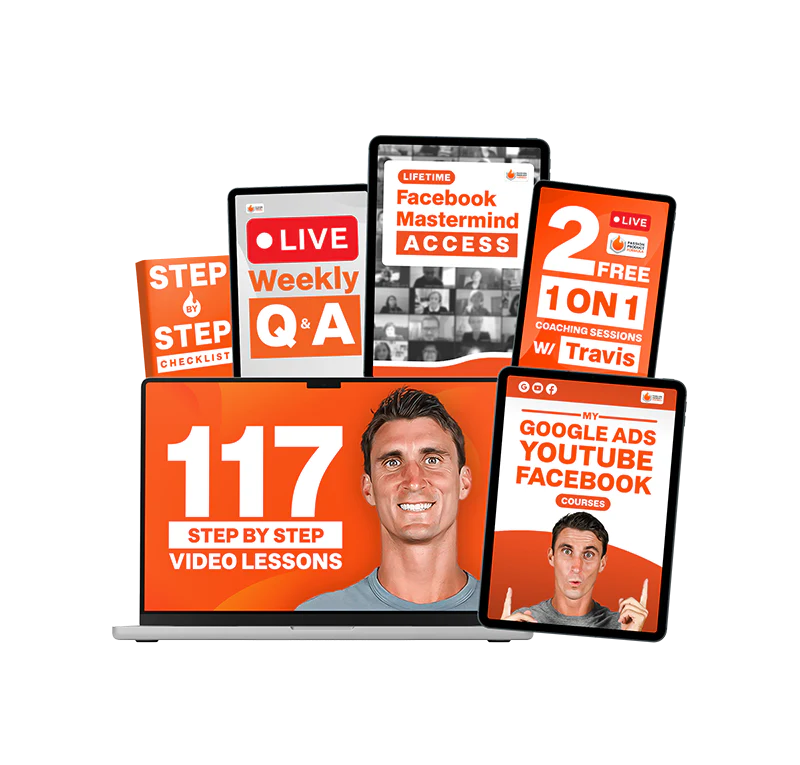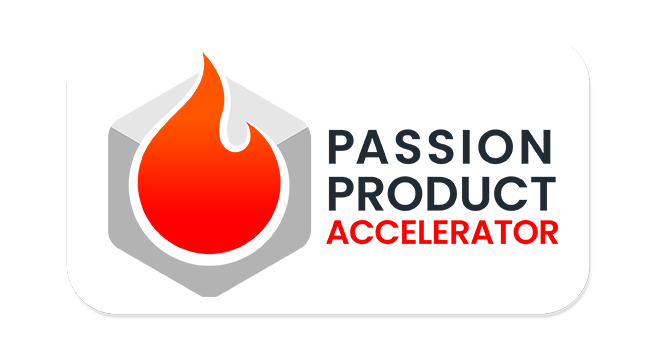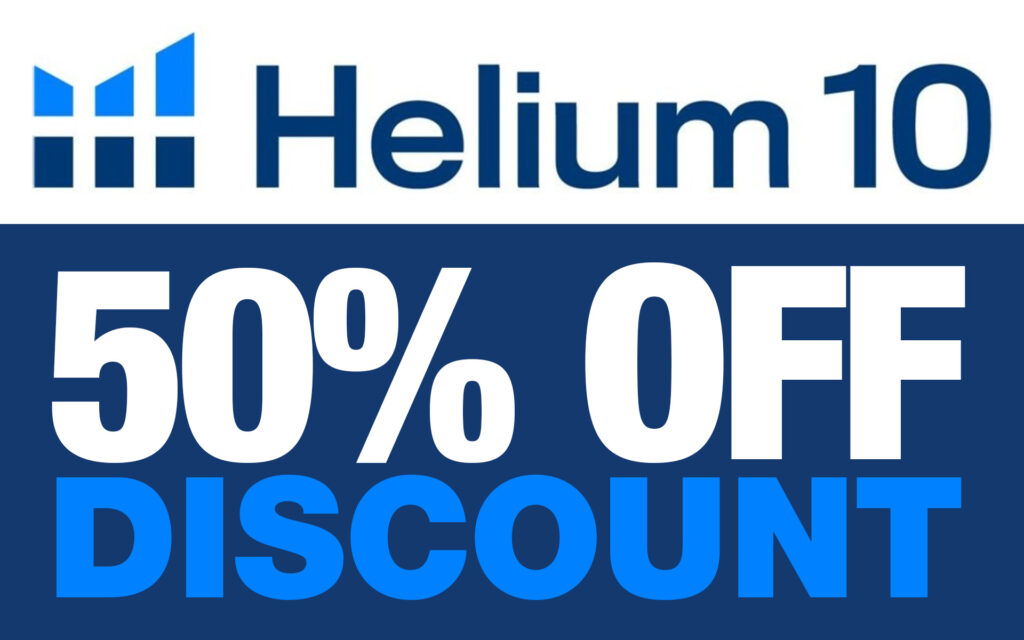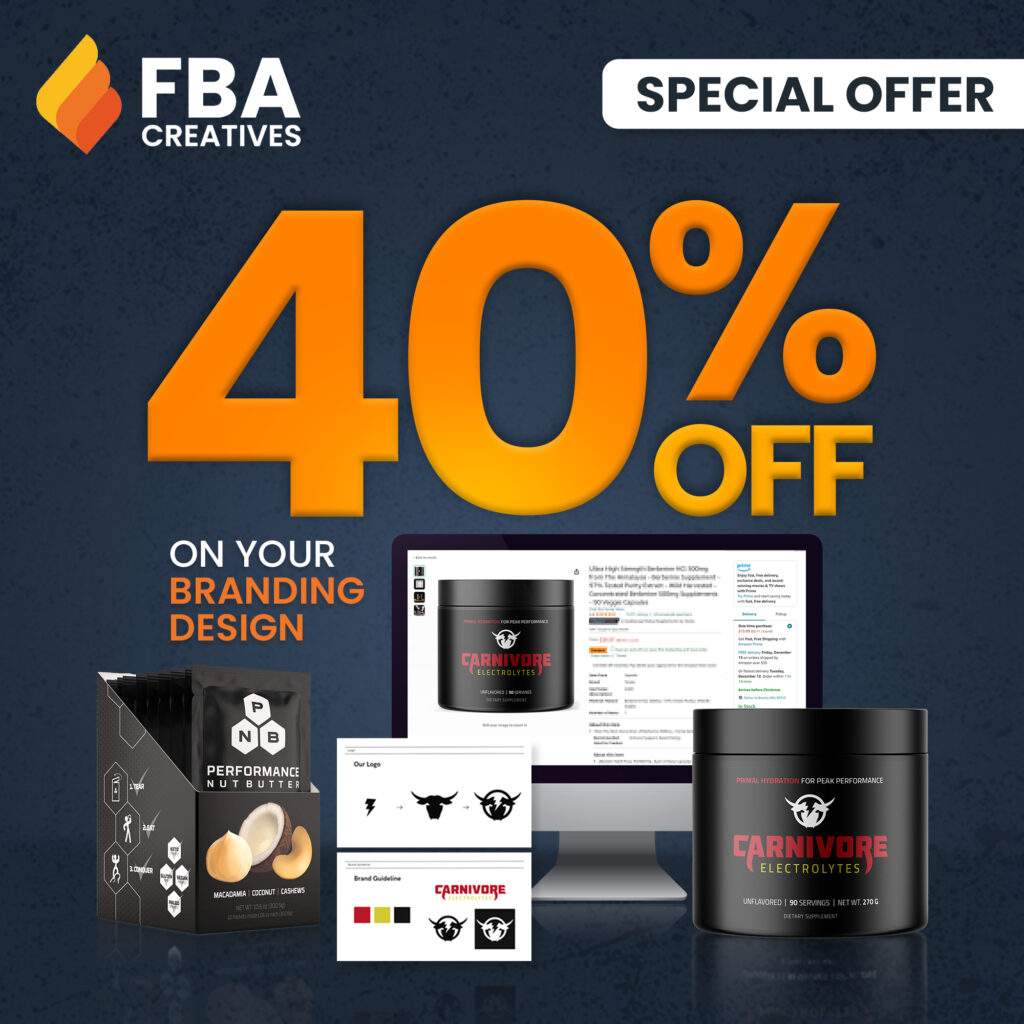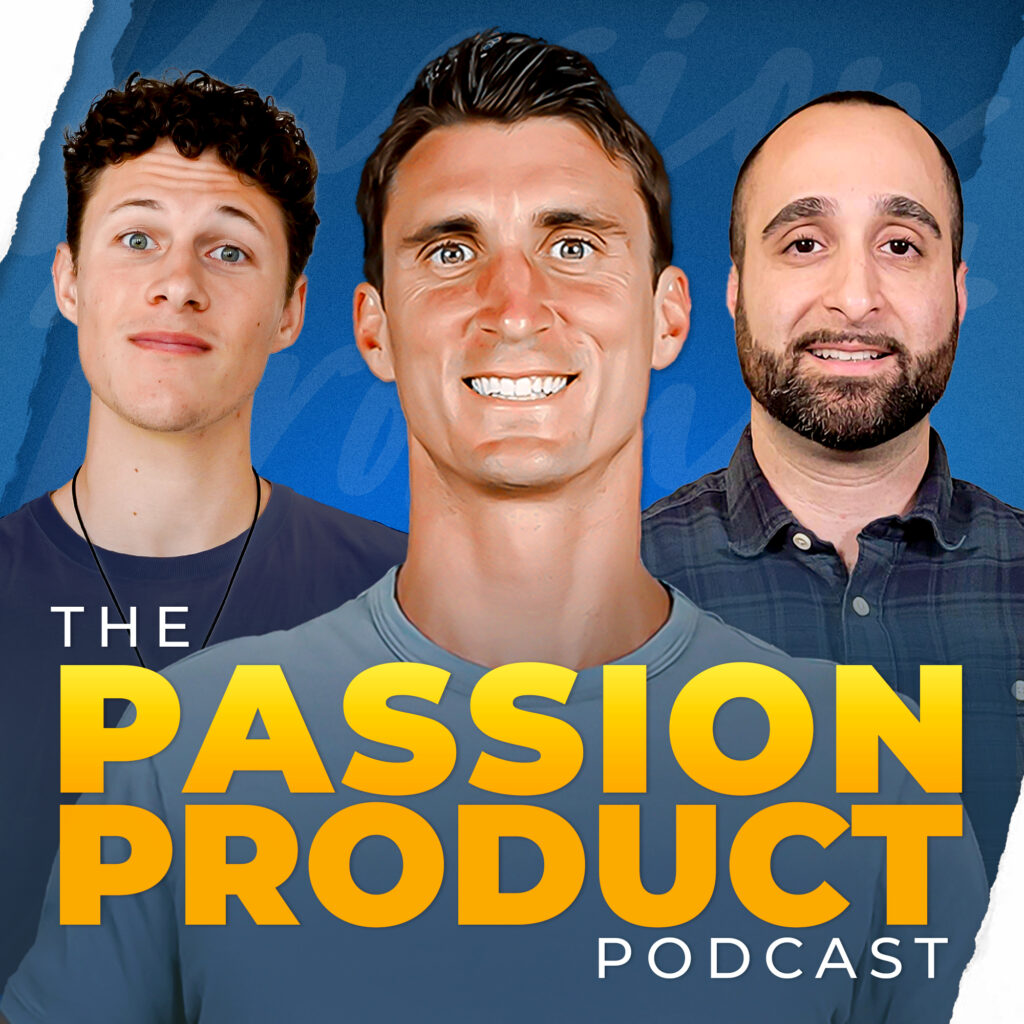Drew never imagined that Amazon Failure losing over $10,000 on Amazon FBA would become his greatest teacher, but that’s exactly what happened when his sleep mask business collapsed. Initially inspired by his own recovery from a car accident and coma, Drew invested heavily in what seemed like a perfect product idea. However, he made three critical mistakes that doomed his venture from the start. First, despite spending $200 on Helium 10, he failed to properly validate market demand and competitive positioning. Second, he cut corners on professional product photography, costing him an estimated $5,000 in lost sales. Most significantly, he chose to sell a generic private label product in a market with over 50,000 competitors, making price the only differentiator.
Consequently, over five months, Drew spent over $9,000 on manufacturing, shipping, branding, and advertising, yet generated less than $700 in revenue while hemorrhaging money month after month. His first month alone brought a devastating $700 loss despite $800 in advertising spend, and sales only declined from there. Trapped in a brutal cycle where he needed sales to get reviews, reviews to rank organically, and advertising to get sales, Drew watched his entrepreneurial dream transform into a financial nightmare. Meanwhile, established sellers with better reviews and lower costs consistently undercut his prices, making profitability impossible.
Fortunately, Drew’s mentors in Travis’s Passion Product Formula helped him reframe this expensive failure as invaluable education. Subsequently, Drew made a radical pivot to Amazon KDP (Kindle Direct Publishing), creating Bible-based coloring and activity books for children. Remarkably, with less than $300 invested, Drew launched his first books and achieved profitability within five months, selling over 100 books and netting over $200 in genuine profit. Moreover, this success came without inventory, packaging, or devastating advertising costs. Therefore, if you’re ready to avoid Drew’s expensive mistakes, click the link to join Travis’s Passion Product Formula or start with the free 10-hour Amazon FBA course.

- The Dream Begins: Drew's Entrepreneurial Journey
- The Expensive Education: Breaking Down the $10k Investment
- The Critical Mistakes That Cost Thousands
- The Downward Spiral: Month-by-Month Breakdown
- The Turning Point: Discovering the Passion Product Formula
- The Redemption Story: Amazon KDP Success
- The Bigger Picture: Lessons and Life Purpose
- Your Path Forward: How to Succeed on Amazon FBA
- Take the First Step Toward Your Amazon Success Story
- Frequently Asked Questions
The Dream Begins: Drew’s Entrepreneurial Journey
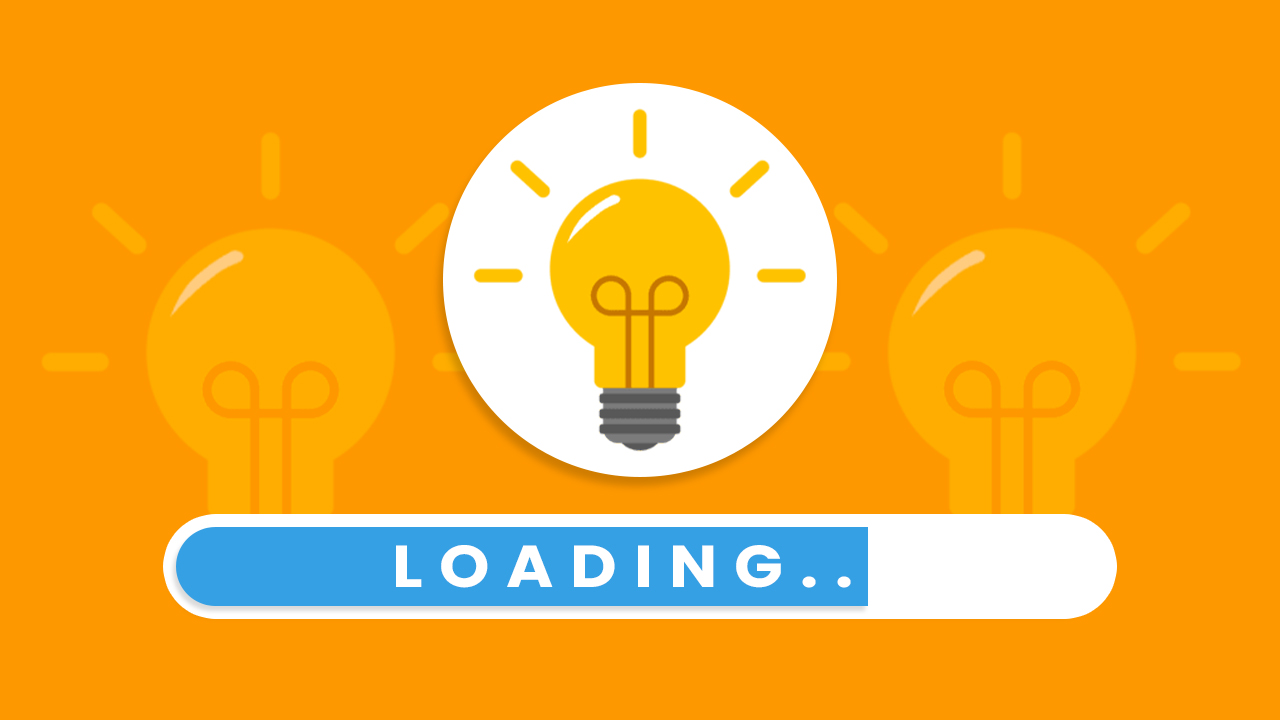
Background and Motivation
Drew’s entrepreneurial aspirations didn’t emerge from business school or family legacy. Rather, they were born from tragedy and transformation. While working at an auto museum during college, Drew accepted an invitation to ride along in a Corvette. Unfortunately, that decision would change his life forever. The car crashed. Subsequently, Drew spent two weeks in a coma fighting for his life. When he finally emerged from that darkness, everything looked different.
During his recovery, Drew discovered a deep appreciation for the simple things most people take for granted. Specifically, he learned to value talking, walking, and living with purpose. Additionally, he developed a much stronger relationship with God through Jesus Christ. In fact, this would later influence his business direction in ways he couldn’t yet imagine. Furthermore, the accident left him with chronic sleep issues. As a result, he relied heavily on sleep masks for rest. Eventually, this personal challenge sparked what seemed like the perfect business idea. Consequently, he would sell sleep masks on Amazon to help others who faced similar struggles.
The Birth of an Entrepreneurial Dream
With renewed purpose and a burning desire for freedom, Drew committed himself to building an Amazon FBA business. Naturally, he craved the independence that comes with entrepreneurship. Moreover, he wanted the ability to work on his own terms. Additionally, he sought the chance to help others through products he believed in. However, little did he know that his initial approach would lead him down an expensive and painful path. Nevertheless, it would eventually reveal his true calling.
The Sleep Mask Idea
The connection between Drew’s personal experience and his product choice seemed like entrepreneurial gold. After all, he genuinely used sleep masks. Furthermore, he understood their value. In addition, he could speak authentically about their benefits. He reasoned that thousands of other people surely struggled with similar sleep issues. Therefore, they would appreciate a quality product. Consequently, sleep masks appeared to be the perfect entry point into the Amazon marketplace. Essentially, it was a product he knew, needed, and could passionately promote.
Armed with enthusiasm and determination, Drew began researching the Amazon FBA model. Initially, he watched countless YouTube videos. Then, he absorbed tutorials. Eventually, he discovered Travis, an Amazon FBA expert with over 10 years of experience and seven figures in sales. Impressed by Travis’s credibility and teaching style, Drew invested in the Amazon FBA Accelerator program. Specifically, it provided six months of mentorship calls. Additionally, it offered access to over 100 tutorials. Moreover, it included weekly Q&A sessions. In retrospect, this decision would prove to be one of the smartest investments he made. However, at the time, he wouldn’t fully appreciate the wisdom being shared.
Taking the Leap
Excited about his new venture, Drew dove headfirst into building his sleep mask empire. Naturally, he felt confident that with the right guidance, proper research tools, and a solid product, success was inevitable. However, he was about to make several critical mistakes that would cost him dearly. Unfortunately, his mentors in the Passion Product Formula tried to warn him about these mistakes. Nevertheless, he was too eager to fully heed their advice.
The Expensive Education: Breaking Down the $10k Investment
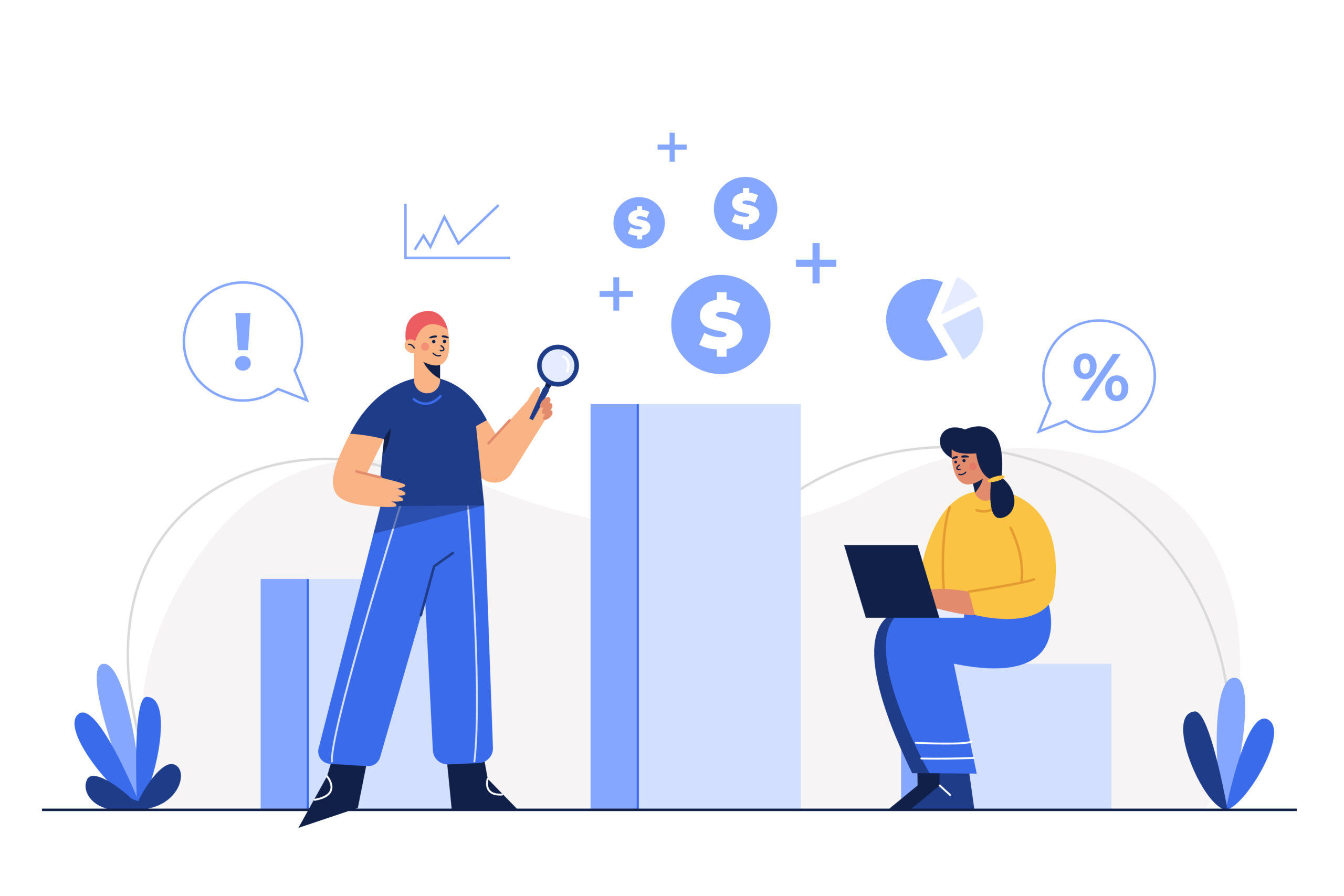
Initial Startup Costs
Drew’s first major expense came in the form of Helium 10. Specifically, this powerful product research tool costs $200 for the subscription he chose. In essence, the software promised to help sellers find profitable products. Additionally, it would analyze competition. Furthermore, it could validate market demand. Consequently, Drew felt this was a necessary investment to start his business on solid ground. Meanwhile, he also paid $39.99 monthly for his Amazon FBA seller account. Indeed, this was a required fee for anyone serious about selling on the platform.
Determined to stand out in the crowded marketplace, Drew invested heavily in branding. Specifically, he spent a whopping $3,000 on professional design services. This covered his logo, product packaging, and a website. At the time, this seemed justified. After all, premium branding should command premium prices, right? Additionally, he spent $250 on trademarks in the United States to protect his brand. Subsequently, he spent another $325 to establish his LLC. Ultimately, this ensured legal protection for his new venture. While setting up his own LLC saved some money compared to using a service, the costs were quickly adding up.
The Sample Process

Before manufacturing could begin, Drew needed samples from potential suppliers. Accordingly, he spent $90 ordering samples from various manufacturers on Alibaba.com. Essentially, he needed to evaluate quality, materials, and production capabilities. Unfortunately, this process proved more complicated than expected. In fact, it required multiple rounds of communication. Additionally, it demanded negotiation with overseas suppliers. Nevertheless, Drew pressed forward. Indeed, he believed that thorough vetting would ensure a quality product that customers would love.
Manufacturing and Shipping
Once Drew approved his samples, the real expenses hit hard. Specifically, manufacturing his first batch of sleep masks cost $4,800. Clearly, this was a substantial investment. In fact, it represented most of his available capital. Furthermore, shipping costs totaled $249. Unfortunately, this exceeded his initial estimates. Consequently, it cut deeper into his already stretched budget. Moreover, these weren’t the only costs either. Indeed, fees continued accumulating at every turn. For instance, there were customs duties. Additionally, there were freight forwarding charges.
By the time Drew’s products arrived at Amazon’s fulfillment centers, he had invested over $9,000 into his sleep mask business. Naturally, the weight of this financial commitment hung heavy on his shoulders. As a result, it created pressure to succeed quickly. Moreover, it demanded he recover his investment. However, as his products went live on Amazon FBA, Drew was about to discover something crucial. In reality, his biggest expenses weren’t behind him. Instead, they were still to come in the form of lost opportunity and continuing losses.
The Critical Mistakes That Cost Thousands

Mistake #1: Inadequate Product Validation
Drew’s first critical error occurred before he ever ordered a single sample. Despite investing $200 in Helium 10, one of the most powerful product research tools available, he failed to use it to its full potential. Instead of conducting thorough market validation, Drew simply used the tool to find other sleep mask prices. Essentially, he wanted to competitively position his own product. Unfortunately, this superficial approach to product research would prove to be a foundational crack. Eventually, it would crumble his entire business.
The Passion Product Formula that Travis taught emphasized a crucial principle. Specifically, you must validate that there’s a hungry customer base before investing thousands of dollars. In practice, this means analyzing search volume. Additionally, it requires evaluating competition levels. Moreover, it involves studying review patterns. Furthermore, it demands identifying gaps in the market that your unique product can fill. Moreover, proper validation involves understanding whether you can actually differentiate your product enough to win customers away from established sellers. Unfortunately, Drew skipped these critical steps. Instead, he assumed that because he liked sleep masks, others would naturally buy his version.
Why Product Research Matters
This mistake tied directly into his biggest business failure, which we’ll explore shortly. However, the lesson here is invaluable. In reality, product research isn’t just about finding prices. Furthermore, it’s not simply about confirming that a product exists on Amazon FBA. Instead, it’s about proving market demand. Additionally, it’s about identifying your unique angle. Moreover, it’s about ensuring you can profitably serve a specific customer segment. Tools like Helium 10 offer features for keyword research, sales estimation, and competitive analysis. Unfortunately, Drew largely ignored all of these in his rush to launch.
Mistake #2: Poor Visual Presentation
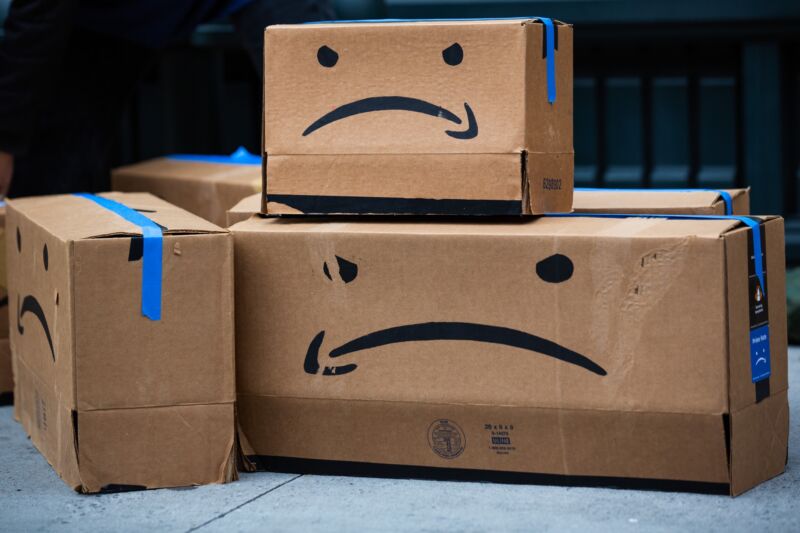
Drew’s second major mistake involved cutting corners on product photography. While he invested $3,000 in logo and packaging design, he spent exactly $0 on professional product photos. Instead, he took pictures himself. Additionally, he relied on some decent images that his manufacturer provided. At the time, this seemed like a smart way to save money. Moreover, it appeared to preserve cash flow. Unfortunately, this decision would cost him an estimated $5,000 in lost sales.
Amazon’s marketplace thrives on visual appeal. With thousands of similar products competing for attention, customers make split-second decisions based primarily on images. In essence, premium, professional photos don’t just show your product. Rather, they tell a story. Additionally, they demonstrate use cases. Moreover, they highlight unique features. Furthermore, they create emotional connections with potential buyers. Furthermore, 3D renderings and lifestyle photography help customers envision themselves using your product. Consequently, this dramatically increases conversion rates.
The Cost of Amateur Photography
Drew learned this lesson the hard way. Unfortunately, his amateur photos failed to capture attention. As a result, his listings blended into the background. Consequently, potential customers scrolled right past his sleep masks to competitors with more compelling visual presentations. Fortunately, services like FBA Creatives (Get 40% OFF with code TRAVIS) now offer affordable options for professional photography. Additionally, they provide 3D renderings. Moreover, they offer complete Amazon FBA listing optimization all in one place. In fact, these experts can also craft compelling product titles and bullet points that convert browsers into buyers.
Mistake #3: The Fatal Flaw – Choosing Private Label
Despite the previous mistakes, Drew’s biggest error was his fundamental choice to sell a private label product. Ultimately, this one doomed his sleep mask business. In essence, private label means taking a generic product that already exists. Then, you add your branding, logo and packaging. Finally, you sell it as your own unique item. On the surface, this approach seems brilliant. Indeed, it’s relatively easy to execute. Additionally, it has proven market demand. Moreover, it offers straightforward manufacturing. However, Drew discovered the harsh reality that made this strategy a $15,000 mistake.
The core problem with private label products is simple. Essentially, if it’s easy for you, it’s easy for everyone else. In fact, Drew entered a market with over 50,000 competing sleep mask listings. Unfortunately, his expensive logo didn’t make the actual product different. In reality, it was still a generic sleep mask competing against thousands of other generic sleep masks. Consequently, the only real differentiator became price. As a result, this trapped him in a race to the bottom that he couldn’t win. Meanwhile, established sellers with larger inventories, better reviews, and lower costs could always undercut his prices. Moreover, they remained profitable while doing so.
The Mentor’s Warning
Travis and the other mentors in the Passion Product Formula specifically tried to steer Drew away from this approach. Specifically, they emphasized that successful Amazon selling requires offering something genuinely unique. In other words, not just a different logo on the same commodity product. In reality, when you sell generic items, customers instinctively choose based on price and reviews. Since Drew was new, he had no reviews. Additionally, since he had high costs, he couldn’t compete on price. Moreover, he couldn’t differentiate on quality. In fact, the product itself was identical to thousands of competitors. Consequently, this perfect storm of disadvantages made failure almost inevitable.
The Universal Business Lesson
The lesson here transcends Amazon selling. Indeed, it applies to any business venture. Essentially, if your only differentiator is branding on an otherwise commoditized product, you’re fighting an uphill battle. Moreover, you face entrenched competitors with every advantage. In contrast, true business success comes from offering something unique. Additionally, it requires providing something valuable. Furthermore, it demands creating something difficult for others to replicate. Ultimately, Drew learned this lesson expensively. However, it would ultimately transform his entire approach to business.
The Downward Spiral: Month-by-Month Breakdown

Month 1: The Warning Signs
Drew’s first month selling on Amazon FBA brought a harsh dose of reality. Initially, he generated $358 in revenue from selling 36 units of his sleep mask. On the surface, this number initially seemed encouraging. However, revenue tells only half the story. After accounting for all the costs associated with those sales, Drew discovered he had actually lost $700 in his very first month. Understandably, this devastating realization hit hard. Nevertheless, the breakdown of expenses revealed exactly where his money disappeared.
The product costs alone consumed $176. In other words, this meant Drew paid nearly $5 per unit just to manufacture and ship each sleep mask to Amazon’s warehouse. Then Amazon’s fees kicked in. Specifically, the platform charged a 15% referral fee totaling $53. Essentially, this was Amazon’s cut for allowing him to sell on their marketplace. Additionally, the FBA pick and pack fee cost another $35. This covered the costs of storing, picking, packing, and shipping his products to customers. While these fees were reasonable for the service provided, they significantly eroded his already thin margins.
The Advertising Trap
The biggest expense, however, came from Amazon PPC (pay-per-click advertising). Alarmingly, this consumed $800 in Drew’s first month alone. Without organic ranking or customer reviews, paid advertising was essential to get visibility. Unfortunately, Drew found himself in a brutal cycle. Specifically, he needed sales to get reviews. Then, he needed reviews to rank organically. Meanwhile, he needed advertising to get sales. Moreover, each click cost money. Worse yet, many clicks didn’t convert to sales. Consequently, this made his customer acquisition costs unsustainable.
Consequently, Drew hemorrhaged $700 in month one. In perspective, this represented roughly 10% of his total investment up to that point. While some losses are expected during the launch phase, this level of bleeding raised serious red flags. Nevertheless, Drew remained optimistic. In fact, he hoped that as his reviews accumulated and organic rankings improved, profitability would follow. Unfortunately, the situation was about to get worse.
Months 2-5: The Slow Collapse
Rather than improving, Drew’s sales began plummeting over the following four months. In response, he drastically cut his PPC spending. Naturally, he hoped to stop the financial bleeding. Unfortunately, this strategy backfired. Without advertising to drive visibility, his already struggling listings received even less traffic. As a result, organic rankings never materialized. Indeed, he couldn’t generate enough sales velocity to compete with established sellers. Moreover, the few reviews he managed to accumulate weren’t enough to build trust with hesitant shoppers.
Over the next four months, Drew generated only $326 in total revenue. Shockingly, this was less than he made in his first month alone. After expenses, he lost an additional $530. Consequently, this brought his total five-month loss to over $1,250. Importantly, these numbers don’t account for his initial $9,000+ investment. Indeed, that now seemed completely unrecoverable. Desperately, Drew found himself frantically trying to save his business. Meanwhile, he implemented tactics from Travis’s course. Unfortunately, nothing seemed to work.
The Cracked Foundation
The harsh truth became increasingly apparent. In reality, Drew was trying to fix symptoms while ignoring the disease. For instance, he tweaked his titles. Additionally, he adjusted his bullet points. Moreover, he experimented with different price points. Furthermore, he tried various advertising strategies. However, none of these band-aids could heal the fundamental problem. Essentially, his business foundation was cracked. In fact, selling a commodity product in a hyper-competitive market was simply unsustainable. This was true regardless of how well he optimized his listings or managed his advertising.
In total, Drew made less than $700 in revenue over five months. Moreover, he lost over $10,000 when accounting for all his initial investments and ongoing losses. Sadly, the dream of financial freedom had transformed into a financial nightmare. Defeated and frustrated, Drew faced a critical decision. Should he quit entirely or find a completely different approach? Fortunately, the Passion Product Formula would provide the breakthrough he desperately needed.
The Turning Point: Discovering the Passion Product Formula
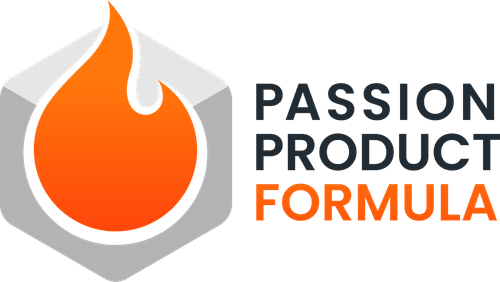
The Mentor’s Wisdom
At his lowest point, Drew returned to the mentors in Travis’s FBA Accelerator program. Notably, this time he came with humility and openness he hadn’t possessed earlier. Instead of rushing ahead with preconceived ideas, he truly listened. The mentors shared a perspective-shifting principle that would change everything. Specifically, “You win or you learn.” Importantly, this wasn’t just a motivational platitude. Rather, it represented a fundamental truth about entrepreneurship. In essence, Drew’s expensive mistakes weren’t failures. Instead, they were investments in knowledge that would make future success possible.
Travis’s Passion Product Formula emphasized three critical pillars for Amazon FBA success. Notably, these were principles that Drew had previously dismissed in his eagerness to get started quickly. First, sell something brand new. In other words, don’t sell generic products with thousands of competitors. Second, appeal to a niche audience with specific needs, interests, or passions. Essentially, don’t try to compete in massive, undifferentiated markets. Third, and most importantly, choose something you’re genuinely passionate about. Indeed, that authentic enthusiasm will shine through in your marketing. Moreover, it will sustain you through challenges.
The Three Pillars Drew Violated
These insights hit Drew like lightning. In fact, he had violated all three principles with his sleep mask venture. First, the product wasn’t new. Rather, it was generic. Second, the audience wasn’t niche. Indeed, everyone sleeps, so everyone is a potential customer. Consequently, this meant no real targeting. Furthermore, while Drew used sleep masks, he wasn’t truly passionate about them. In reality, he didn’t have a passion that differentiated his offering. Instead, he simply saw them as a vehicle for making money. Unfortunately, customers sensed that lack of authentic connection.
Armed with this new understanding, Drew felt inspired rather than defeated. In fact, his expensive education had taught him exactly what not to do. Interestingly, this paradoxically made him better equipped for success than someone starting blindly. Moreover, he now understood that his initial mentors had tried to warn him. Unfortunately, he’d been too committed to his original plan to hear their wisdom. This time, Drew would approach his business differently. Specifically, he would follow the Passion Product Formula with genuine humility and openness.
The Complete Strategy Shift
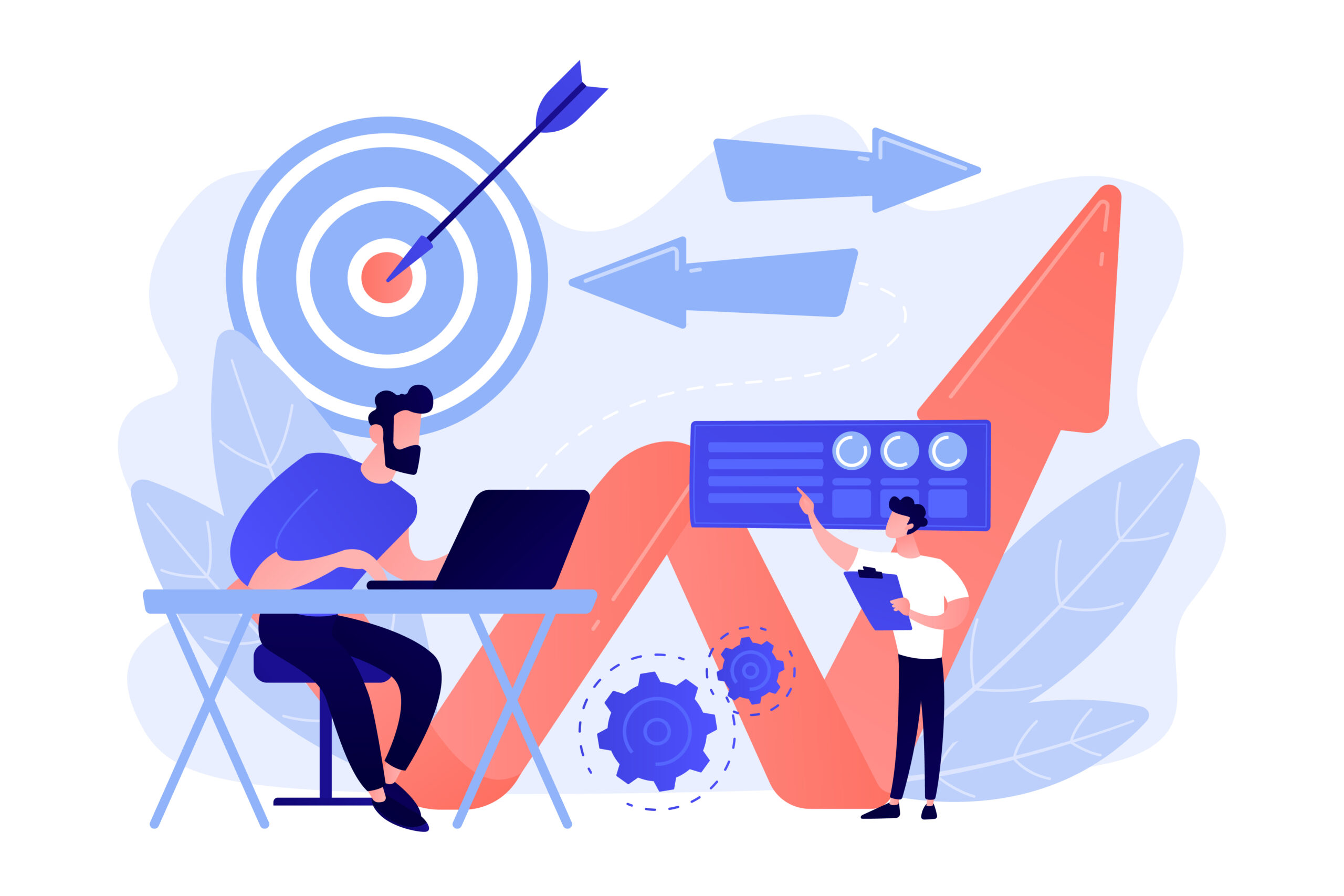
Drew made a radical decision. Instead of doubling down on private label FBA, he would shift completely to Amazon KDP (Kindle Direct Publishing). Essentially, this platform allows authors and creators to publish ebooks and paperback books. Then, Amazon produces them on-demand. As a result, this means no inventory. Additionally, there are no upfront manufacturing costs. Moreover, there’s no shipping logistics. Furthermore, KDP offered something Drew’s sleep mask business never could. Specifically, it provided a platform for sharing his authentic passions and values while serving a specific, engaged audience.
The beauty of Amazon’s print-on-demand business model immediately appealed to Drew’s current situation. After all, he had lost over $10,000 on his FBA venture. Consequently, this left him with limited capital and understandable caution about large investments. Fortunately, KDP required virtually no startup costs. As a result, this allowed him to test his new approach without risking another financial disaster. Additionally, the speed of execution on KDP meant Drew could launch products in weeks rather than months. Therefore, this enabled rapid iteration and testing.
Aligning Business With Purpose
Most importantly, KDP aligned with Drew’s authentic passions in a way that sleep masks never could. In fact, his near-death experience and subsequent coma had fundamentally transformed his worldview. Additionally, it strengthened his relationship with God through Jesus Christ. Moreover, he felt called to share messages of faith, hope, and purpose. Specifically, he wanted to reach children especially, whose young minds and hearts remain open to spiritual truths. Therefore, creating Bible-based children’s books felt less like “finding a niche.” Instead, it felt more like fulfilling a calling.
This alignment between business and purpose represented the essence of what the Passion Product Formula teaches. In reality, when you sell something you genuinely care about, marketing doesn’t feel like manipulation. Instead, it feels like sharing good news. Similarly, customer service doesn’t feel burdensome. Rather, it feels like serving a community you love. Moreover, persistence becomes natural because you’re driven by mission, not just money. Finally, Drew understood what Travis had been trying to teach him all along.
The Redemption Story: Amazon KDP Success
Finding the Niche
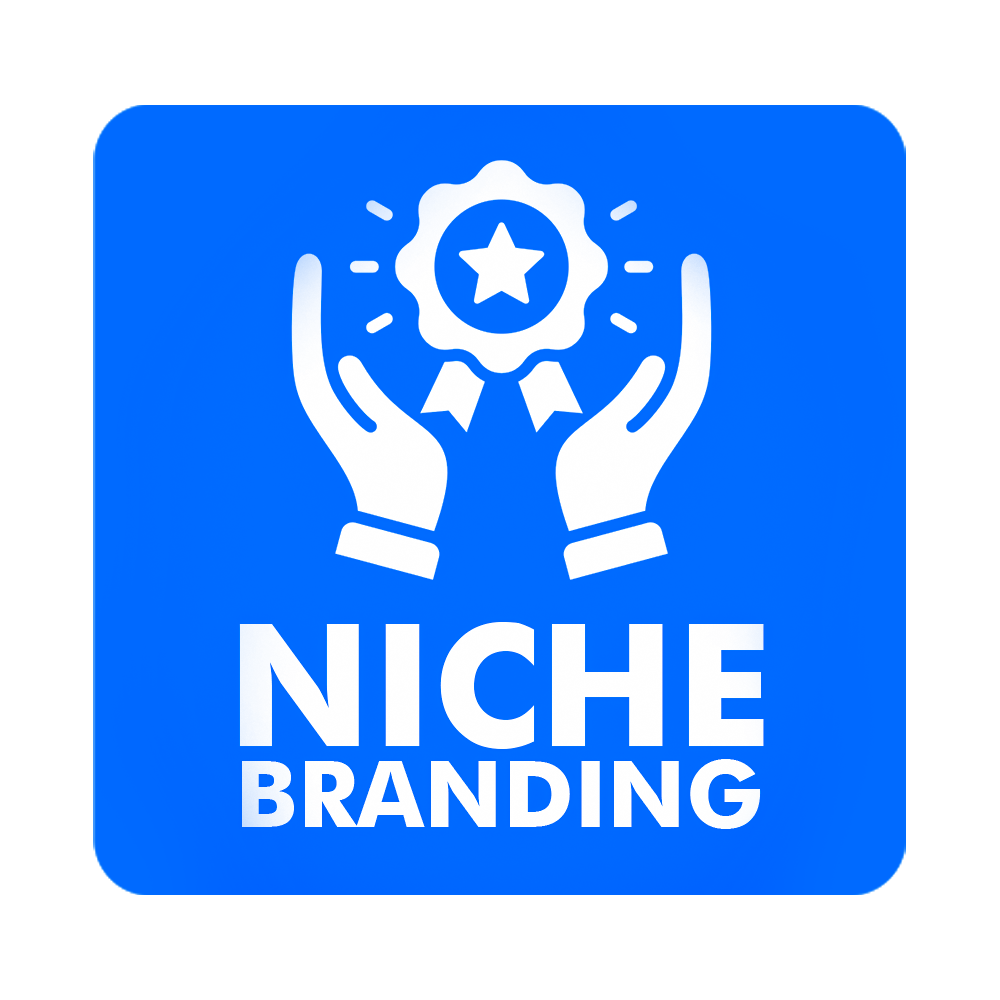
Drew discovered his perfect niche at the intersection of his faith journey and a specific market need. Specifically, he would create Bible-based coloring and activity books for children. Importantly, this wasn’t a crowded, commoditized market like sleep masks. Instead, it represented a focused audience. In particular, Christian parents, grandparents, Sunday school teachers, and homeschoolers actively seek quality faith-based content for kids. Furthermore, Drew could bring authentic passion and personal testimony to his work. Consequently, he created content that resonated because it came from genuine conviction.
His initial offerings included coloring books featuring Bible stories. Specifically, these were designed to help children engage with Scripture in fun, interactive ways. Rather than competing on price with thousands of generic children’s coloring books, Drew competed on meaning and message. In essence, parents choosing his books weren’t just buying entertainment. Instead, they were investing in their children’s spiritual development. Consequently, this fundamental difference in value proposition meant Drew could stand out. Indeed, he did this even as a new seller without established reviews or rankings.
Why Niche Marketing Works
The niche positioning offered another crucial advantage. Specifically, customers in faith-based markets often value authenticity and mission over price. Moreover, they’re willing to pay slightly more for content that aligns with their values. Additionally, they want products that genuinely serve their families. Consequently, Drew didn’t find himself trapped in the brutal price wars that destroyed his sleep mask business. Instead, his customers bought his books because of what they represented. Not just because they were cheap.
Minimal Investment, Maximum Impact
The financial contrast between Drew’s sleep mask venture and his KDP business proved stunning. Remarkably, his total startup costs for KDP came to under $300. In perspective, this was a mere 3% of what he’d spent on sleep masks. Specifically, he paid $20 monthly for ChatGPT’s premium subscription. Subsequently, he used this to edit and revise his book content. As a result, it ensured grammatical accuracy and flow. Additionally, the AI helped him generate unique images. Consequently, these brought his stories to life in visually engaging ways.
Drew invested $120 in Canva to access professional-quality graphics. Furthermore, he gained access to templates and design elements for his book covers and interior layouts. Importantly, book covers significantly impact sales on Amazon FBA. Fortunately, Canva provided the tools he needed to create eye-catching designs. Therefore, he didn’t need to hire expensive designers. Furthermore, he spent $120 for 10 ISBNs (International Standard Book Numbers). Essentially, these serve as unique identifiers for each book he published. With these minimal tools, Drew had everything needed to launch a complete Amazon KDP business.
The Power of Lean Startup
The efficiency of this investment structure meant Drew could test his new business model without risking financial ruin. In other words, if his first few books flopped, he’d only lost a few hundred dollars. Consequently, he wouldn’t lose tens of thousands. Moreover, the ongoing costs remained minimal. Specifically, he only needed the monthly ChatGPT subscription and occasional Canva renewals. As a result, this lean approach allowed Drew to focus on creating quality content and building his brand. Therefore, he didn’t stress over recovering massive investments.
Real Results in 5 Months
Drew launched his first three coloring books in early February. Remarkably, this was just weeks after discovering Amazon KDP in January. Notably, the speed of execution was impossible with traditional FBA products. After all, those require months of manufacturing and shipping. Consequently, this allowed him to quickly validate his new approach. Within five months, Drew had sold over 100 books. Additionally, he generated approximately $300 in revenue. While this might seem modest compared to his sleep mask goals, the story beneath these numbers reveals true success.
After Amazon deducted all expenses and royalties, Drew netted over $200 in profit from his KDP business. Importantly, this represented genuine, sustainable profit. Moreover, it came without the burden of inventory, packaging, product delivery, or crazy design costs. Furthermore, this profit came from a business requiring less than $300 to start. Significantly, this meant Drew had already achieved a positive return on investment. In contrast, his $9,000+ sleep mask venture never accomplished this. Ultimately, the simplicity and profitability of the model exceeded his expectations.
Beyond the Numbers
Beyond the financial metrics, Drew experienced something even more valuable. Specifically, he gained the freedom to pursue meaningful work. In reality, he wasn’t just selling products. Instead, he was creating content that reflected his values. Moreover, he served his community. Additionally, he fulfilled what he believed was his calling. For instance, he wrote his own unique Bible parable about a donkey. Specifically, it was designed to help kids understand that they’re not too small to be chosen by the King. Additionally, it taught that humble beginnings can lead to amazing outcomes. Significantly, this message, drawn from his own experience of overcoming tragedy, resonated authentically. Indeed, it came from lived truth.
The contrast with his previous business couldn’t be starker. Instead of feeling stressed and desperate watching his sleep mask inventory collect dust, Drew felt energized creating new content. Rather than competing in price wars, he competed through authentic value. Furthermore, his customers expressed genuine appreciation for his work through reviews and feedback. Consequently, this created a virtuous cycle of motivation and improvement. Ultimately, Drew had finally found his path. Not despite his $10,000 loss, but because of it.
The Bigger Picture: Lessons and Life Purpose

What Really Matters
Drew’s journey revealed a truth that transcends Amazon FBA selling strategies. Essentially, success means little without purpose. In theory, his sleep mask business might have eventually become profitable with enough persistence, optimization, and capital injection. However, it would have remained just a business. In other words, it would be a means to make money without deeper meaning. Conversely, his KDP venture offered something richer. Specifically, it gave him the freedom to pursue work aligned with his values. Additionally, it allowed him to build a business that genuinely serves others.
Creating children’s Bible stories allowed Drew to share the faith that sustained him through his darkest hours. Notably, his donkey parable, teaching that small beginnings can lead to amazing outcomes, came directly from his own experience. Indeed, he emerged from a coma to build a meaningful business. Importantly, this authenticity resonated with customers. In fact, it couldn’t be manufactured or replicated. Rather, it flowed from genuine experience and conviction. Moreover, knowing his work potentially influenced children’s spiritual development added significance. Clearly, mere profit could never provide this.
The Freedom of Purpose-Driven Business
The freedom Drew finally achieved wasn’t just financial. Rather, it was psychological and spiritual. Specifically, he no longer felt trapped in a business model that required constant compromise. Additionally, he didn’t face desperate price-cutting. Moreover, he had no anxiety about competition. Instead, he spent his time creating, writing, and designing content that reflected who he truly was. Furthermore, the business model’s simplicity meant he could scale without proportionally increasing stress, inventory, or complexity.
This transformation illustrates what the Passion Product Formula truly teaches. In essence, finding your passion product isn’t about discovering some magical niche that guarantees wealth. Rather, it’s about aligning what you sell with who you are. Consequently, it ensures your business energizes rather than drains you. Importantly, Drew’s expensive detour through sleep masks wasn’t wasted. In fact, it taught him lessons he couldn’t have learned any other way. Ultimately, it led him to his real purpose.
The Power of Proper Guidance

Throughout Drew’s entire journey, one constant made all the difference. Specifically, Travis’s Passion Product Formula. While Drew initially failed to fully heed the program’s wisdom, the access to mentorship, tutorials, and community support ultimately saved his entrepreneurial dreams. In particular, the six months of coaching calls provided personalized guidance tailored to his specific situation. Consequently, these helped him navigate challenges. Moreover, they helped him avoid additional costly mistakes.
The program’s 100+ unique tutorials covered everything from product research and supplier negotiation to listing optimization and advertising strategies. More importantly, they taught fundamental business principles. Indeed, these applied across different selling models. When Drew pivoted from FBA to KDP, the underlying principles remained constant. For instance, niche selection stayed important. Similarly, unique positioning mattered. Additionally, passion-driven product development was crucial. Therefore, his investment in the Passion Product Formula paid dividends. This was true even though his business model completely changed.
Community and Accountability
The weekly Q&A sessions and one-on-one coaching proved invaluable during Drew’s darkest moments. For instance, when his sleep mask business crumbled, he could have quit entirely. Indeed, he might have walked away defeated. Instead, his mentors helped him reframe failure as education. Additionally, they helped him identify transferable lessons. Moreover, they helped him envision new possibilities he hadn’t considered. Furthermore, the program’s community of other Amazon FBA sellers provided peer support. Specifically, they shared experiences. Additionally, they offered accountability that kept Drew moving forward.
This level of guidance and support represents what separates successful entrepreneurs from those who quit after their first setback. In fact, Drew’s story demonstrates that the right education and mentorship can literally save tens of thousands of dollars in mistakes. Moreover, it dramatically accelerates success. Additionally, having experienced guides who’ve navigated these challenges themselves provides wisdom. Indeed, this simply can’t be gained from free YouTube videos or forum posts.
Your Path Forward: How to Succeed on Amazon FBA

The Right Way to Start
If you’re considering starting an Amazon business, Drew’s story offers critical lessons. Indeed, these can save you time, money, and heartache. First and foremost, validate your product idea thoroughly before investing thousands of dollars. In practice, this means using tools like Helium 10 to their full potential. Specifically, analyze search volume. Additionally, study competition levels. Moreover, examine pricing dynamics. Furthermore, identify market gaps. Don’t just confirm that a product exists. Instead, prove there’s genuine demand. Additionally, verify that you can differentiate yourself sufficiently to win customers.
Second, choose passion over pure profit potential. For instance, Drew’s sleep masks offered theoretically attractive profit margins. Additionally, they had massive market size. However, his lack of genuine passion and unique angle doomed the venture from the start. Conversely, his Bible-based children’s books operated in a smaller market. Moreover, they had modest per-unit profits. Yet they succeeded because authenticity resonated with his target audience. Therefore, ask yourself not just “Can I make money selling this?” Instead, also ask “Do I genuinely care about serving this customer base?”
Find Your Unique Angle
Third, find your unique angle before launching. In today’s crowded Amazon marketplace, generic products with different logos simply don’t cut it. Specifically, your differentiation might come from unique product features. Alternatively, it could stem from superior quality. Similarly, it might arise from specialized niche focus. Furthermore, it could emerge from brand story or mission-driven values. Whatever it is, ensure you can clearly articulate why customers should choose your product over established competitors. Furthermore, test whether that differentiation actually matters to real customers, not just to you.
Finally, start lean and test quickly. In retrospect, Drew’s $9,000+ investment in sleep masks created immense pressure to succeed. Moreover, it limited his ability to pivot when things went wrong. Had he started with a smaller test batch or chosen a lower-investment model like KDP from the beginning, he could have validated his approach. Consequently, he wouldn’t have risked financial disaster. Remember, entrepreneurship rewards learning and adaptation. Importantly, this requires surviving long enough to acquire wisdom.
Essential Resources for Success

Building a successful Amazon business requires the right tools and education. Notably, Helium 10 remains the gold standard for product research. Specifically, it offers features for keyword analysis, competition tracking, sales estimation, and listing optimization. Using Drew’s discount code (check the description), you can access premium features at the biggest discount available anywhere. However, remember Drew’s mistake. Indeed, owning the tool isn’t enough. Instead, you must use it properly to validate market demand and competitive dynamics.
For professional presentation, FBA Creatives (Get 40% OFF with code TRAVIS) offers comprehensive branding services. Specifically, these include product photography, 3D renderings, packaging design, and logo creation. Additionally, they provide Amazon listing optimization. In fact, they can even craft compelling titles and bullet points that convert browsers into buyers. While Drew learned the hard way that poor visuals cost thousands in lost sales, you can avoid this mistake. Therefore, invest appropriately in professional presentation from the start.
The Value of Comprehensive Education
Most importantly, consider investing in comprehensive education through Travis’s Passion Product Formula. Indeed, this program provides everything Drew wished he’d fully utilized from day one. Specifically, it offers over 100 detailed tutorials covering every aspect of Amazon selling. Additionally, it includes six months of personalized mentorship calls. Moreover, it provides one-on-one coaching sessions and weekly Q&A opportunities. The program teaches not just tactics but strategy. Consequently, it helps you understand why certain approaches work. Furthermore, it shows you how to adapt them to your unique situation. Moreover, access to experienced mentors who can steer you away from expensive mistakes provides value far exceeding the program cost.
If you’re not ready to invest in the full Passion Product Formula yet, Travis offers a completely free 10-hour Amazon FBA course. Specifically, this covers fundamental principles. Indeed, this generous resource provides enough information to start your journey. Additionally, it helps you determine whether Amazon selling aligns with your goals and abilities. Nevertheless, remember that free resources, while helpful, can’t replace the personalized guidance, accountability, and community support that a comprehensive program provides.
Which Path Is Right for You?
Two primary paths exist for making money on Amazon. Notably, each has distinct advantages, challenges, and ideal candidates. Private label FBA, the path Drew initially chose, involves sourcing or manufacturing physical products. Then, you brand them. Finally, you ship inventory to Amazon’s fulfillment centers. In essence, this approach offers potentially higher per-unit profits. Additionally, it gives you the ability to build a brand you could eventually sell. However, it requires substantial upfront investment (typically $5,000-$15,000 or more). Moreover, it carries inventory risk. Furthermore, it demands differentiation in competitive markets.
Amazon KDP, Drew’s successful pivot, involves creating and publishing ebooks, paperbacks, or hardcover books. Subsequently, Amazon produces these on-demand. Notably, this path requires minimal startup costs (under $500). Moreover, it carries no inventory risk. Additionally, it allows rapid testing and iteration. Furthermore, KDP works exceptionally well for creative individuals, writers, teachers, or anyone with specialized knowledge to share. However, the trade-off is typically lower per-unit profits. Additionally, there’s less potential for building a sellable asset. Nevertheless, successful authors can certainly build valuable brands and sustainable income.
Choosing Based on Your Strengths
The key question determining which path suits you best isn’t “Which makes more money?” Instead ask, “Which aligns with my strengths, resources, and passions?” If you’re highly creative, enjoy writing or design, and want to start lean, KDP offers tremendous potential. Conversely, if you have capital to invest, enjoy product development and supply chain management, and have identified a truly unique product angle, private label FBA might suit you better. Additionally, some entrepreneurs eventually combine both approaches. Specifically, they use KDP’s low risk to generate capital that funds FBA ventures.
Regardless of which path you choose, the principles of the Passion Product Formula apply universally. First, validate demand thoroughly. Second, differentiate meaningfully. Third, serve a specific niche. Finally, choose products you genuinely care about. Drew’s journey proves that the right approach in the wrong market leads to failure. Conversely, the right market with authentic passion creates success. Therefore, invest time in honest self-assessment and thorough market research before committing significant money to either path.
Take the First Step Toward Your Amazon Success Story
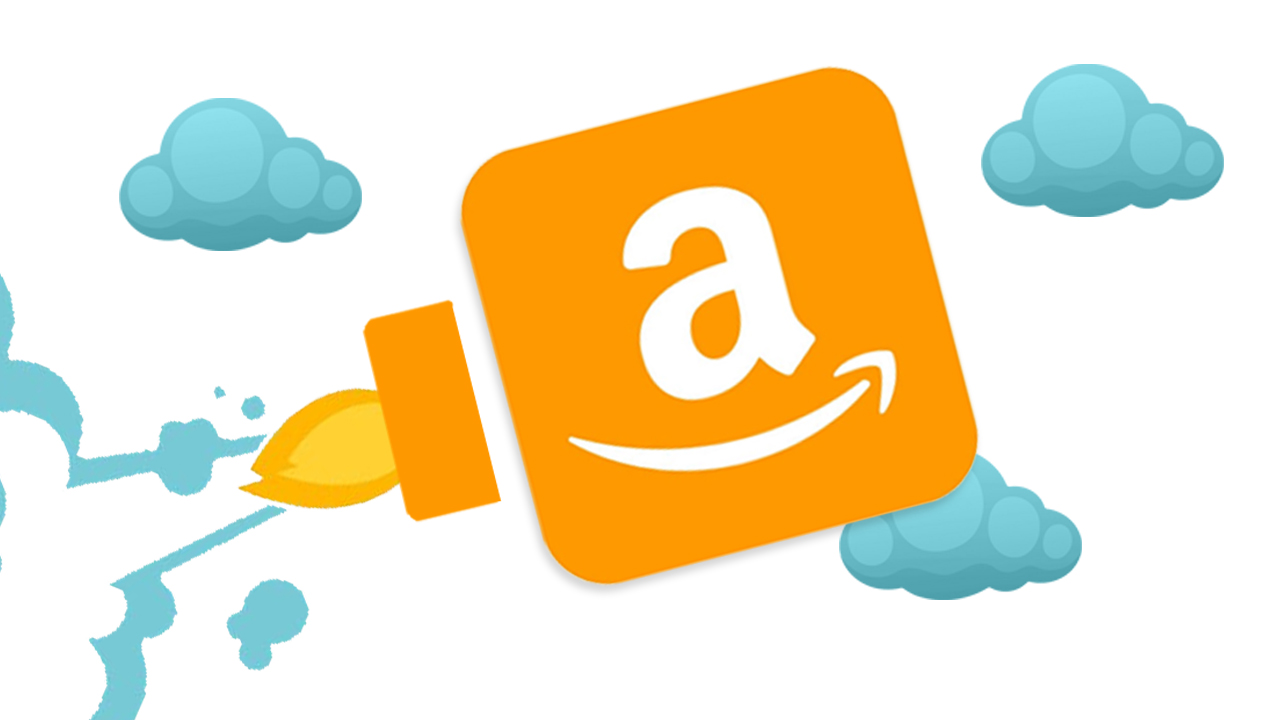
Drew’s transformation from $10,000 loss to profitable passion business wasn’t luck. Instead, it was the result of learning from mistakes, seeking proper guidance, and aligning business with purpose. Initially, his journey began with enthusiasm but lacked the strategic foundation necessary for success. Through expensive trial and error, he discovered that shortcuts don’t exist in Amazon FBA selling. However, proven paths do exist for those willing to learn and follow them diligently.
The lessons from Drew’s experience apply to anyone building an online business. This is true whether you’re just starting or recovering from your own setbacks. Indeed, failure truly isn’t fatal when you have the right mentors and mindset. In fact, Drew’s initial failure created the humility and wisdom that enabled his eventual success. Currently, he now understands that standing out requires genuine differentiation. Moreover, sustainable profits require proper positioning. Additionally, business satisfaction requires alignment with personal values and passions.
Your Invitation to Transform
Your own journey awaits. Fortunately, you don’t need to repeat Drew’s expensive mistakes. Specifically, the Passion Product Formula offers the roadmap he wishes he’d followed from the beginning. In essence, it combines practical tactics with strategic thinking that applies across different Amazon FBA selling models. With over 100 tutorials, ongoing mentorship, coaching calls, and weekly Q&A sessions, the program provides comprehensive support for your entrepreneurial journey. Furthermore, Travis’s decade of seven-figure success and his community of successful students offer proof. Indeed, the formula works when applied properly.
If you’re ready to take action, click the link in the description to join the Passion Product Formula. Immediately, you’ll gain access to all the resources Drew credits with saving his entrepreneurial dreams. Alternatively, if you prefer starting with free education to test the waters, Travis’s complete 10-hour Amazon FBA course awaits you. Notably, no credit card required. Remember Drew’s story. Sometimes the path to success requires taking the wrong turn first. However, only if you learn from it. With proper guidance, however, you can skip the expensive detours. Consequently, you can head straight toward the freedom and fulfillment you’re seeking. Your transformation starts now. Therefore, take that first step today.
Frequently Asked Questions
How much money do I really need to start selling on Amazon?
The answer depends entirely on which selling model you choose. Specifically, private label FBA typically requires $5,000-$15,000 or more. This covers product research tools, samples, manufacturing, shipping, branding, and initial advertising. In fact, Drew spent over $9,000 on his sleep mask venture. Conversely, Amazon KDP can be started for under $300. Essentially, this covers just design tools, ISBNs, and perhaps some outsourced help. If you’re capital-constrained, starting with KDP makes sense. Consequently, it allows you to test the Amazon marketplace while building funds for potential FBA expansion later.
Is Amazon FBA still profitable in 2025, or is the market too saturated?
Amazon FBA remains profitable, but success requires different strategies than five years ago. Indeed, the market has indeed become more competitive. As a result, this makes the commodity private label approach Drew initially tried much harder. However, sellers who offer genuinely unique products continue succeeding. Similarly, those who serve specific niches thrive. Additionally, those who build authentic brands prosper. Essentially, the key is differentiation. You can’t just slap a logo on a generic product and expect success. Furthermore, Amazon FBA continues growing globally. In fact, it constantly opens new marketplaces and categories. Consequently, these create fresh opportunities for strategic sellers.
What’s the difference between Amazon FBA and Amazon KDP?
Amazon FBA (Fulfilled by Amazon) involves selling physical products that you source or manufacture. Then, you ship them to Amazon’s warehouses. Subsequently, Amazon stores, packs, and ships to customers when orders come in. Essentially, you handle inventory. Additionally, you manage suppliers. Moreover, you bear the risk of unsold products. Conversely, Amazon KDP (Kindle Direct Publishing) involves creating book content. Specifically, these include ebooks, paperbacks, or hardcovers. Then, Amazon prints them on-demand when customers order. Consequently, you never handle inventory, shipping, or manufacturing. Instead, you only handle content creation. Notably, KDP carries minimal financial risk but typically generates smaller per-unit profits than successful FBA products.
How long does it typically take to become profitable on Amazon?
Timeline varies dramatically based on your approach, product, capital, and execution. For instance, Drew’s private label business lost money for five months before he abandoned it. In contrast, his KDP business became profitable within months because startup costs were minimal. Generally, private label FBA sellers should expect 6-12 months before achieving consistent profitability. Specifically, they need time to build reviews. Additionally, they must optimize listings. Moreover, they must refine advertising. Conversely, KDP sellers can become profitable faster because costs are lower. However, building significant income takes time as you expand your catalog and gain visibility.
Do I need Travis’s Passion Product Formula to succeed on Amazon?
While not absolutely necessary, quality education dramatically increases your success odds. Furthermore, it reduces costly mistakes. In fact, Drew spent over $10,000 learning what the Passion Product Formula could have taught him upfront. Free resources exist online, but they lack the structure, personalization, and mentorship that accelerate success. Essentially, think of it as the difference between teaching yourself guitar from YouTube versus taking lessons from a professional. Indeed, both can work, but one is much more efficient. Furthermore, the accountability and community support in formal programs help you push through challenges that cause most sellers to quit.
What if I don’t have a creative skill like writing for KDP?
Amazon KDP isn’t just for traditional writers. In fact, you can create activity books, journals, planners, coloring books, puzzle books, or specialized guides. Moreover, you can use templates and design tools. Additionally, you can hire freelance designers and writers on platforms like Fiverr or Upwork. Subsequently, they can create content while you handle marketing and strategy. Notably, many successful KDP publishers aren’t “writers” in the traditional sense. Instead, they’re entrepreneurs who identify niche needs. Then, they coordinate resources to fill those needs. Essentially, the key is understanding your target market and delivering value they appreciate.
How did Drew overcome the fear of failure after losing $10,000?
Drew’s transformation came from reframing failure as education rather than defeat. Specifically, the “you win or you learn” principle helped him extract valuable lessons from his mistakes. Consequently, he didn’t just feel victimized. Furthermore, his mentors in the Passion Product Formula provided perspective. In particular, they showed him that many successful sellers experienced similar setbacks before finding their winning formula. Additionally, starting with the low-risk KDP model also helped. Indeed, investing under $300 felt manageable even after his losses. Most importantly, connecting his new business to his deeper purpose and faith gave him motivation beyond just recovering money.
Can I sell both FBA products and KDP books simultaneously?
Absolutely! In fact, many entrepreneurs operate both models concurrently. Consequently, they leverage their different strengths. For instance, you might use KDP’s low risk and rapid testing to generate initial income and capital. Then, you invest profits into FBA products with higher per-unit margins. Alternatively, you could build a brand that spans both formats. For example, perhaps you sell physical products through FBA while offering complementary guides or books through KDP. Importantly, the two models aren’t mutually exclusive. Therefore, combining them can create a more diversified, resilient Amazon business.


